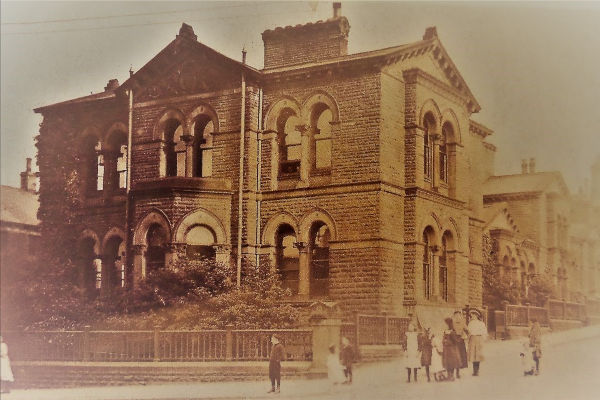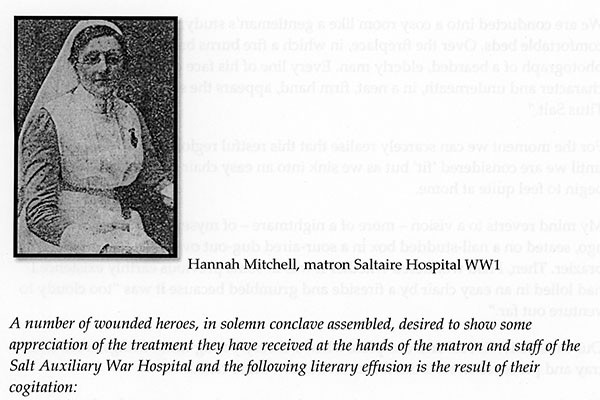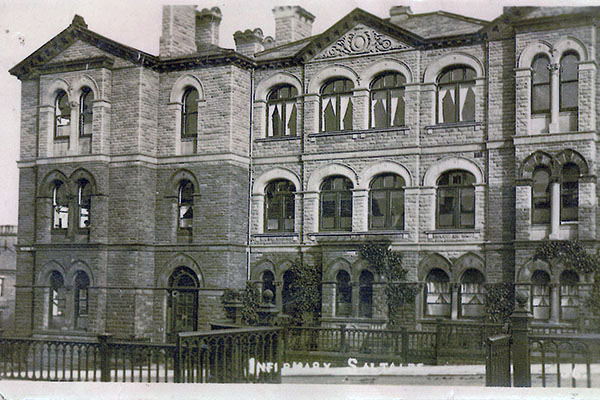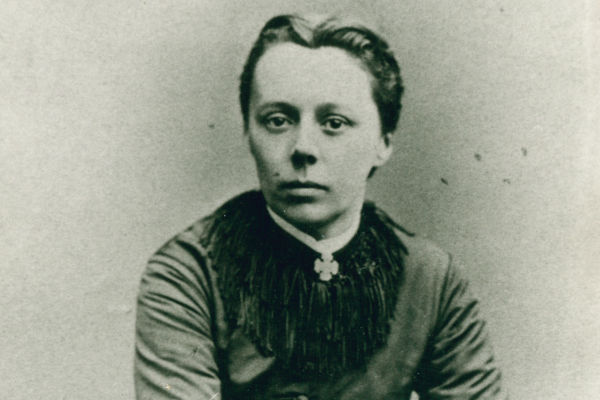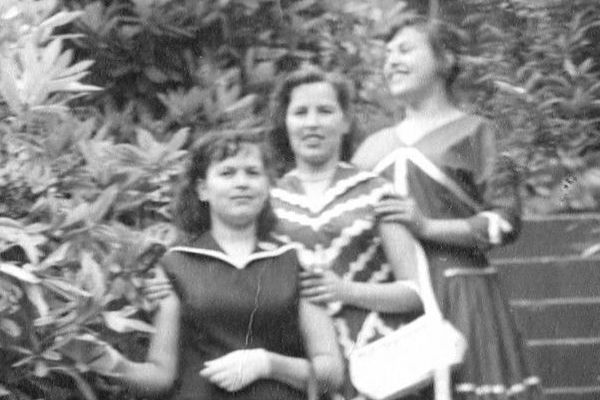Dedicated matron and campaigner
From modest beginnings, Hannah Mitchell dedicated her life both to her chosen profession of nursing and to campaigning on a range of health, religious and social issues.
Read how she became matron of the Sir Titus Salt’s Hospital in Saltaire, campaigned for its improvement, and contributed to many other causes.

